We’ve just received a review sample of the ZimaBoard 2 micro server and mini PC powered by an Intel Processor N150 “Twin Lake” CPU. The system features two 2.5 Gbps Ethernet ports, two SATA III ports, two USB 3.1 ports, and a miniDP video port supporting 4K resolution.
IceWhale Technology provided us with the ZimaBoard 2 model 832 prototype with 8GB RAM and 32GB eMMC flash preloaded with the ZimaOS operating system for review. In this article, we will unbox the device and its accessories, perform a teardown, and boot the micro server with the pre-installed ZimaOS and check the web dashboard. In the second part of the review, we will test ZimaOS in more detail, run some benchmarks since it’s our first Twin Lake mini PC, install an Ubuntu virtual machine, test the SATA ports and PCIe 3.0 x4 slot, and more.
ZimaBoard 2 unboxing
We received a package with two small packages.
Box 1 is a multi-layered cardboard box with the ZimaBoard 2, a quick start guide, and a thank you card. The box can be cut out to create a mini NAS with the Zimaboard 2 and two 2.5-inch SSD or HDD.
Box 2 includes two SATA cables, a 12V/3A (36W) power supply with EU, UK, and AU plug adapters, and a Mini DisplayPort to HDMI cable.
The ZimaBoard 2 is housed in an aluminum enclosure doubling as a heatsink to enable passive cooling and silent operation.
The rear panel, if we can call it that way, comes with a Mini DisplayPort 1.4, two 2.5GbE RJ45 jack, 2x USB 3.1 Type-A ports, and a DC jack.
One of the sides exposes a PCIe Gen3 x4 slot for extension.
The “front” panel is equipped with two SATA III connectors and a 12V output to power the drives.
Here’s what it looks like when the cardboard box is used with the micro server and two 2.5-inch drives.
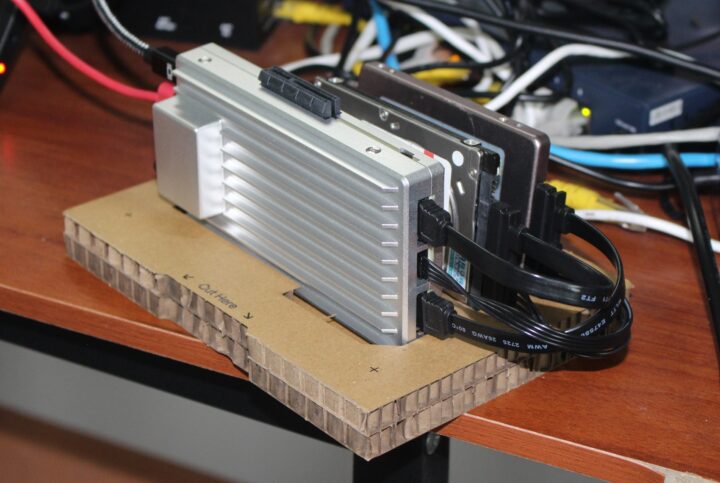
ZimaBoard 2 teardown
Time for a teardown, We first loosened four hex screws at the bottom of the enclosure.
Removing the bottom cover reveals the bottom of the board. There’s not much to see here except a 3V CR2030 battery and the CMOS button that is accessible through a small hole in the enclosure..
To carry on with the ZimaBoard 2 teardown, we had to loosen two additional screws on the board and two screws on each side.
We’ll find the Intel Processor N150 CPU covered with some thermal paste, a 32GB FORESEE NCEMBSF9-32G eMMC flash, two Intel S4383L03 (Intel i225-V or i226-V) PCIe to 2.5GbE controllers, an ITE IT8613E superI/O chip, and the UM2 BGA chip that should be a Samsung K3LK7K70BM-BGCP LPPDR5 chip with 8GB (64 GBbit) capacity. A 14-pin “PANEL” header can also be found on the bottom left, but it’s not used in this design.
First boot and ZimaOS interface
While it can potentially be used as a mini PC, the ZimaBoard 2 is primarily designed to operate in headless mode, so the only connections required are the power supply and one or two Ethernet cables (since there’s no WiFi) to use it as a server. Most people will also make use of the SATA ports for storage.
However, the first time, you may consider connecting an HDMI display through the mini DisplayPort 1.4 connector using the provided DP to HDMI adapter. It will show a text-based terminal with information about ZimaOS v1.3.4, including the IP address used to access the web interface. You can also set the root password from this interface.
Alternatively, you can look for ZimaCube on your local network:
|
1 2 |
nmap -sP 192.168.31.0/24 | grep -i zima Nmap scan report for ZimaCube (192.168.31.158) |
Going to http://192.168.31.158 (or whatever IP address is given to you) in a web browser brings up the ZimaOS interface. You’ll be greeted with a “Welcome to ZimaCube” window before going through a wizard to set the language, accept the privacy policy, and create a local account.
The dashboard page shows of system overview with CPU usage (9%), power consumption (3.4W), CPU temperature (52°C); RAM usage (11%) and capacity (7.52GB), and storage usage at 4.21GB out of a total of 17.7GB, the rest of the strage being used for the OS. We haven’t connected SATA drives to our ZimaBoard 2 for this quick test, but we’ll do that during the second part of the review. Users can also monitor the network traffic. Other sections include Remote Access, File Management, and the list of installed Apps.
We can click on icons to get more details. For instance, clicking on the CPU section brings up the btop window. The top part shows the CPU: N150 (Intel Twin Lake quad-core) clocked at 700 MHz (frequency at idle), the temperature (48–52°C), and load average (1/5/15 minutes): 0.02, 0.08, 0.08.
The center left section shows memory and storage information, while the center right lists the running programs with CPU and memory usage, and the bottom left shows network information for the local interface (127.0.0.1).
Let’s go back to the home page and navigate to Apps > App Store. The store currently offers 316 apps available for installation.
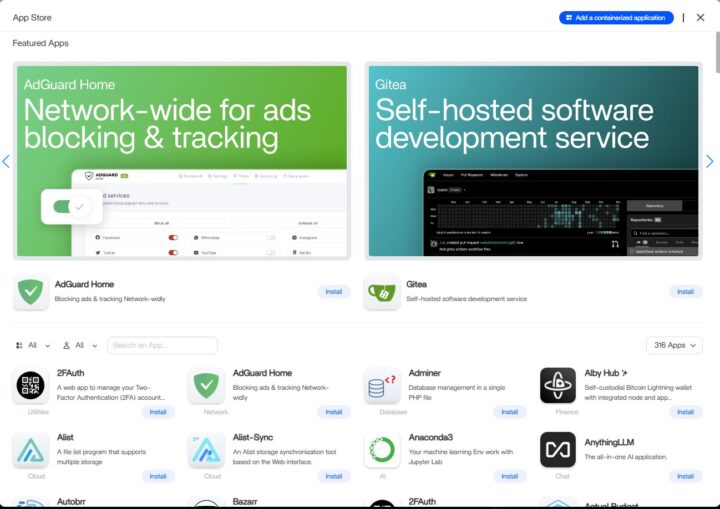
Let’s check the preinstalled app. There’s a file manager.
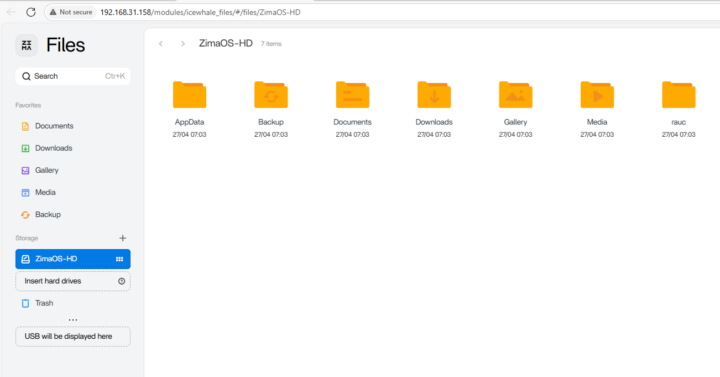
Going to ZVM > Zima Virtual Machine provides a list of OS, including Windows 11, Windows 10, Ubuntu, Fedora, Debian, and others, to be installed in a virtual machine. The user can also add a link to any ISO, and has to handle the license part him/herself.
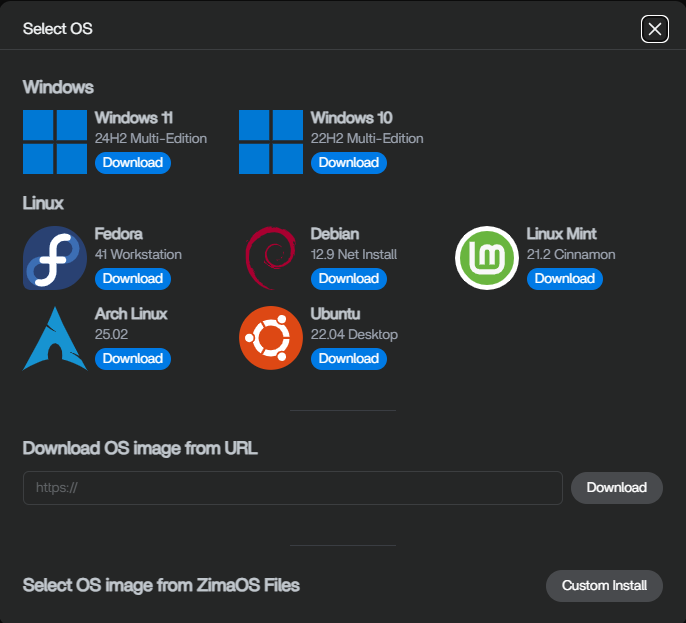
ZimaOS comes preinstalled with Peer Drop P2P application for transferring and receiving files within a network or across devices.

The Settings app displays general information about the device (called ZimaCube by default) running ZimaOS v1.4.0 (there has been an upgrade since we started the review). You’ll also find options for Restart, Power Off, and Sign Out in this section since the ZimaBoard 2 lacks a power button.
We haven’t installed any drives, but if you’ve connected SATA drives via the two SATA ports or NVMe SSDs via the PCIe Gen3 x4 slot, they will be listed there. The interface was designed for the ZimaCube, which explains why it shows six bays.
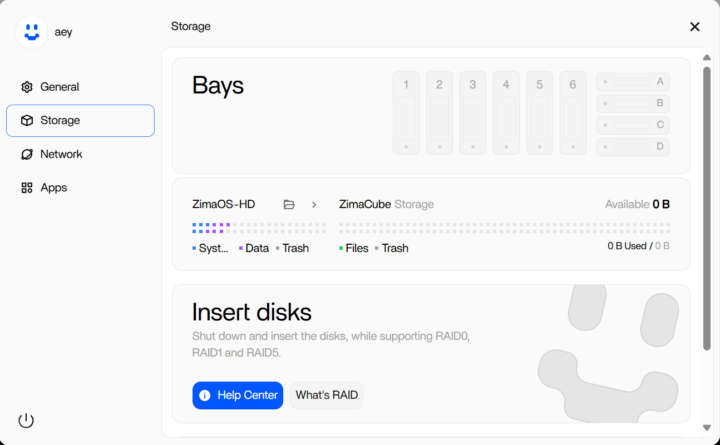
The Network section shows information about the Ethernet ports, and it shows we’ve only connected one 2.5GbE port here.
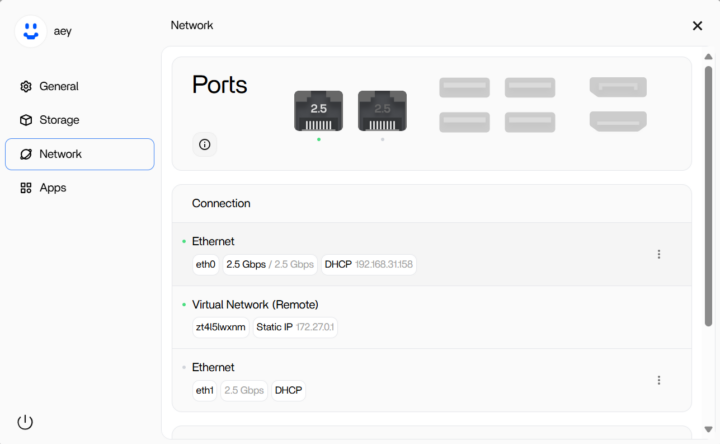
Finally, the Apps section lists the location and storage used by apps and the database.
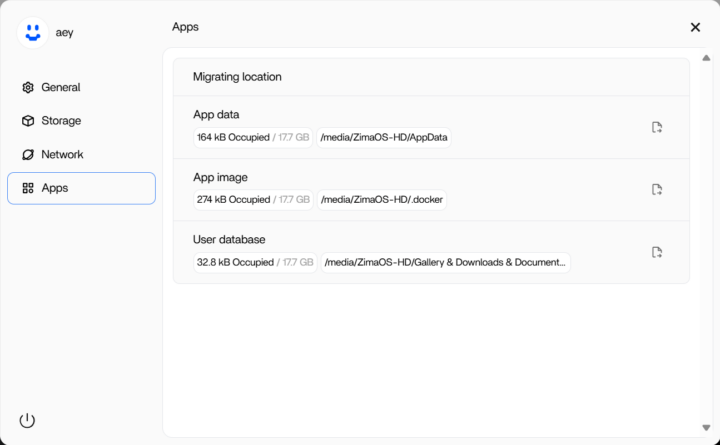
The final “App” simply links to the ICEWHALE Community forums.
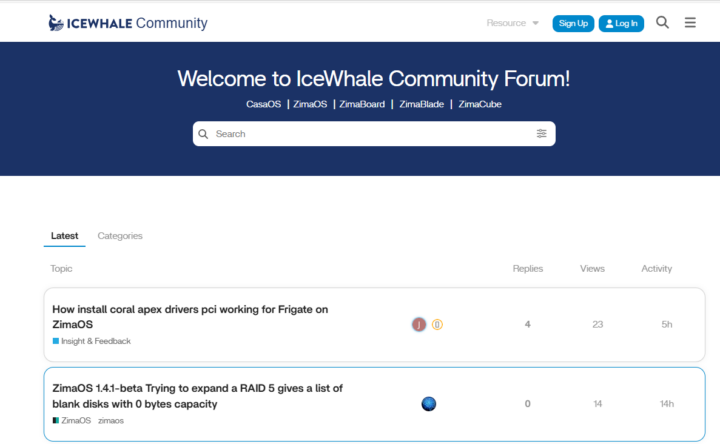
In the second part of the review, we will run benchmarks on ZimaOS and an Ubuntu virtual machine, test the SATA ports and the PCIe 3.0 x4 slot, the PeerDrop app, and more.
We’d like to thank IceWhale Technology for sending the Zimaboard 2 832 micro server for review. The model review here is currently listed for $179 on Kickstarter, but the ZimaBoard 2 1664 (16GB RAM, 64GB flash) requires a $249 pledge. Remember, the mini PC is part of a crowdfunding campaign, so it will take some time before backers receive their rewards, and shipping is scheduled to start by August 2025.
CNXSoft: This review is a translation, with some extra insights, of the original review on CNX Software Thailand by Suthinee Kerdkaew.

Jean-Luc started CNX Software in 2010 as a part-time endeavor, before quitting his job as a software engineering manager, and starting to write daily news, and reviews full time later in 2011.
Support CNX Software! Donate via cryptocurrencies, become a Patron on Patreon, or purchase goods on Amazon or Aliexpress


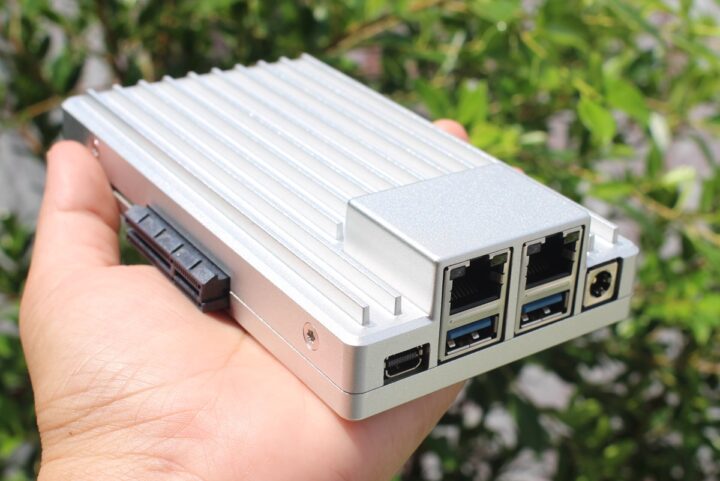
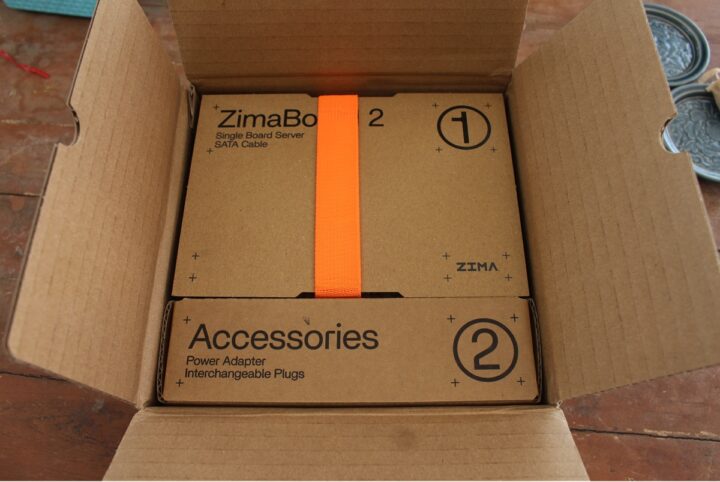
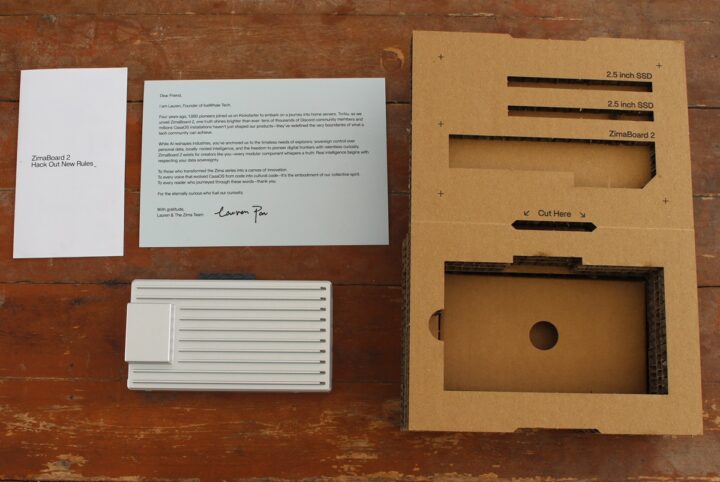

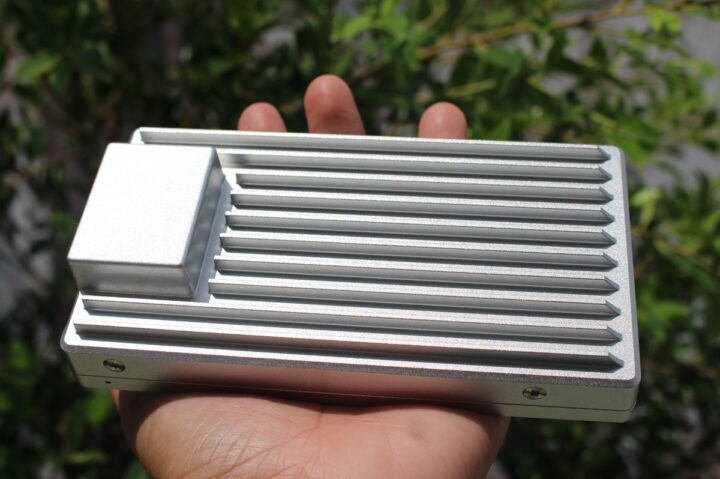
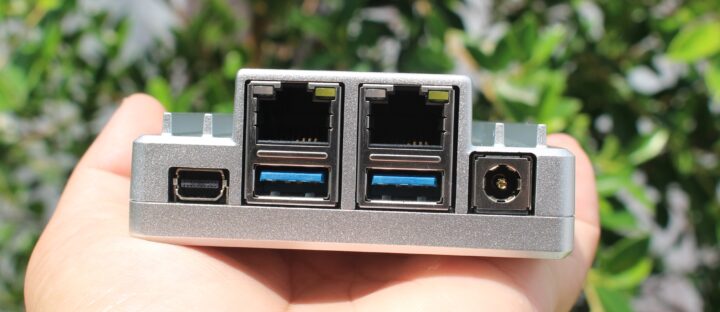
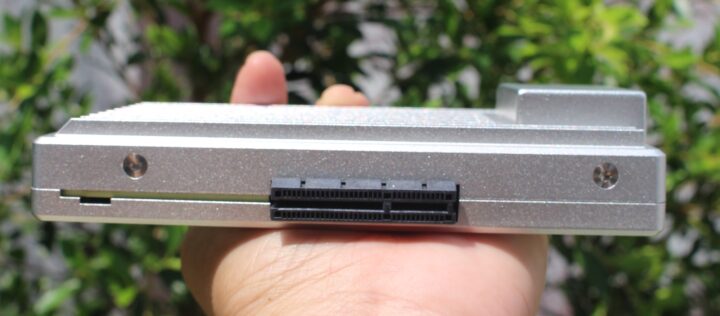
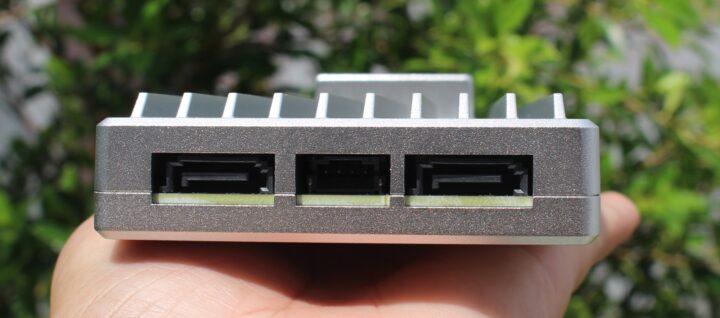
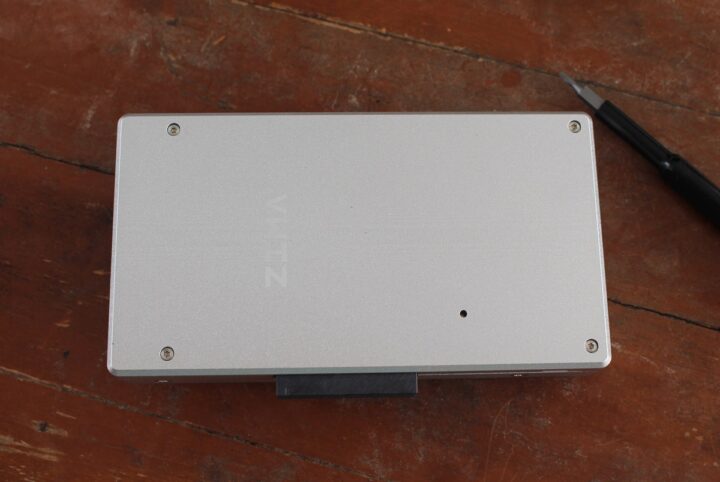
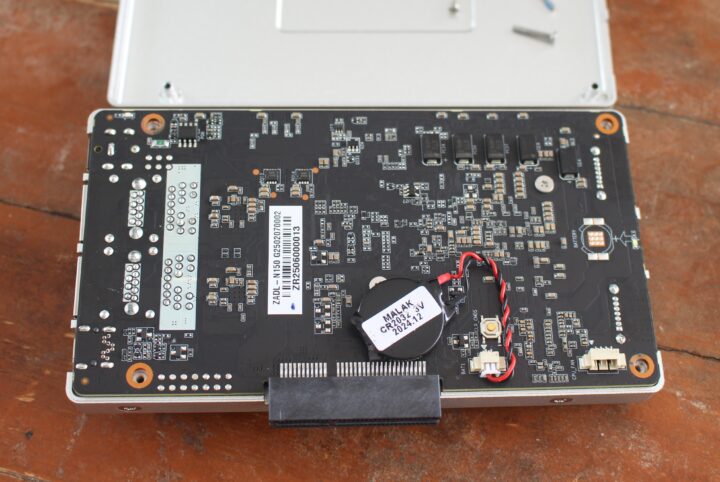
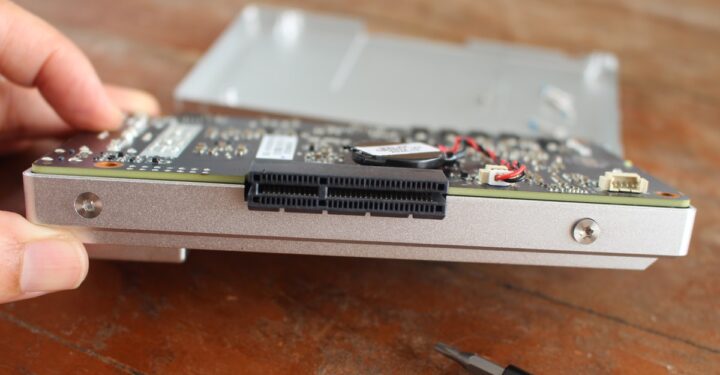
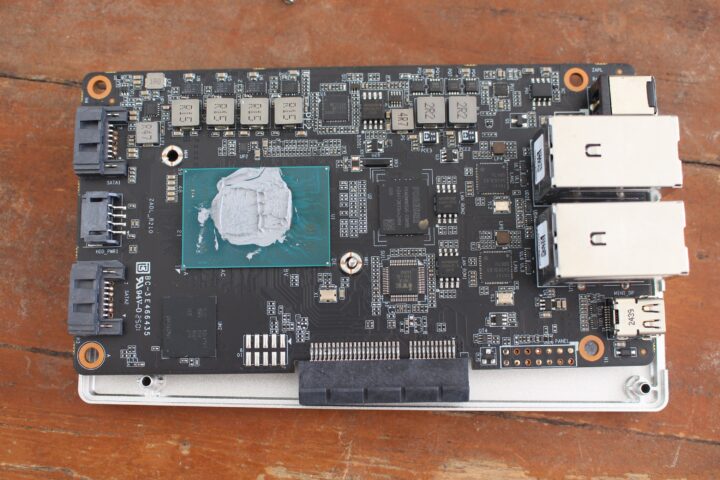

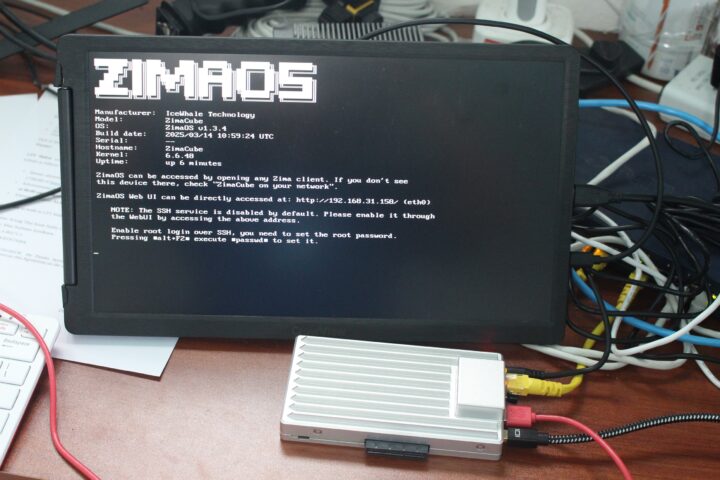
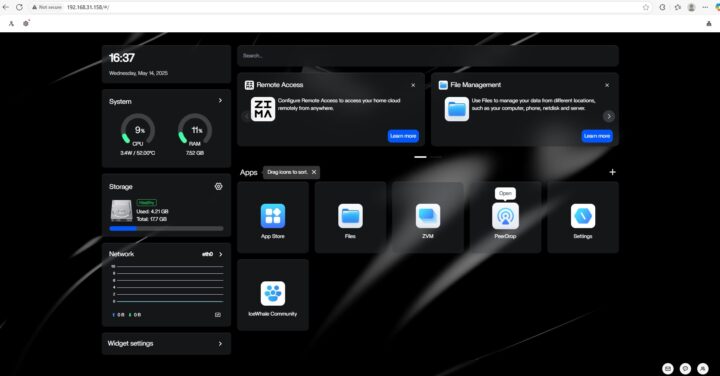
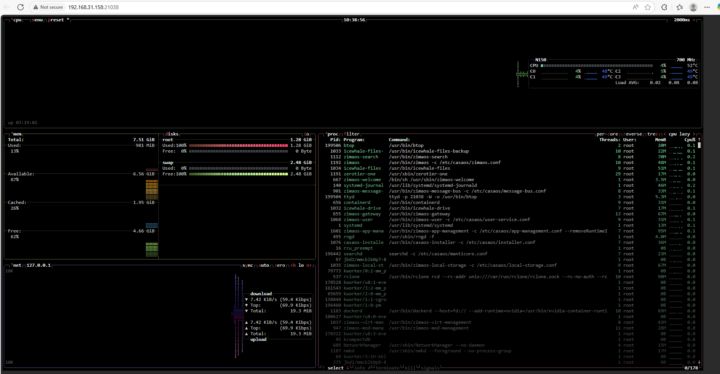
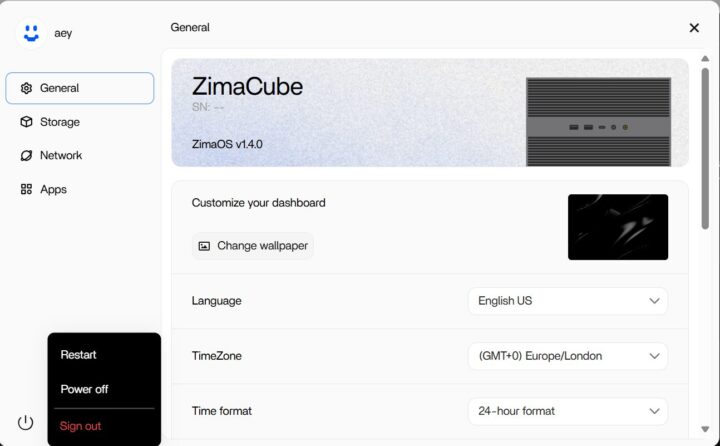
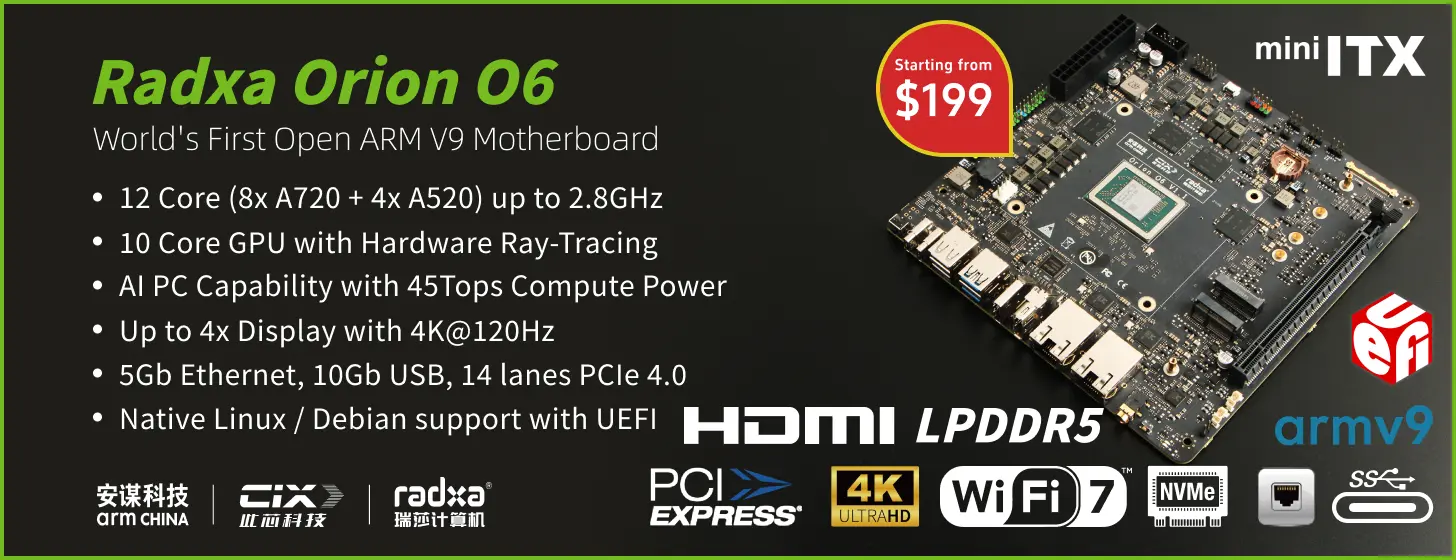


The board and price look great, but no serial/console port ?
I would like a tiny passively cooled x86 server with modern hardware, but the lack of serial output routed to a connector on the case exterior is a no go for me.
The PCIe slot beckons. It wants your graphics card.